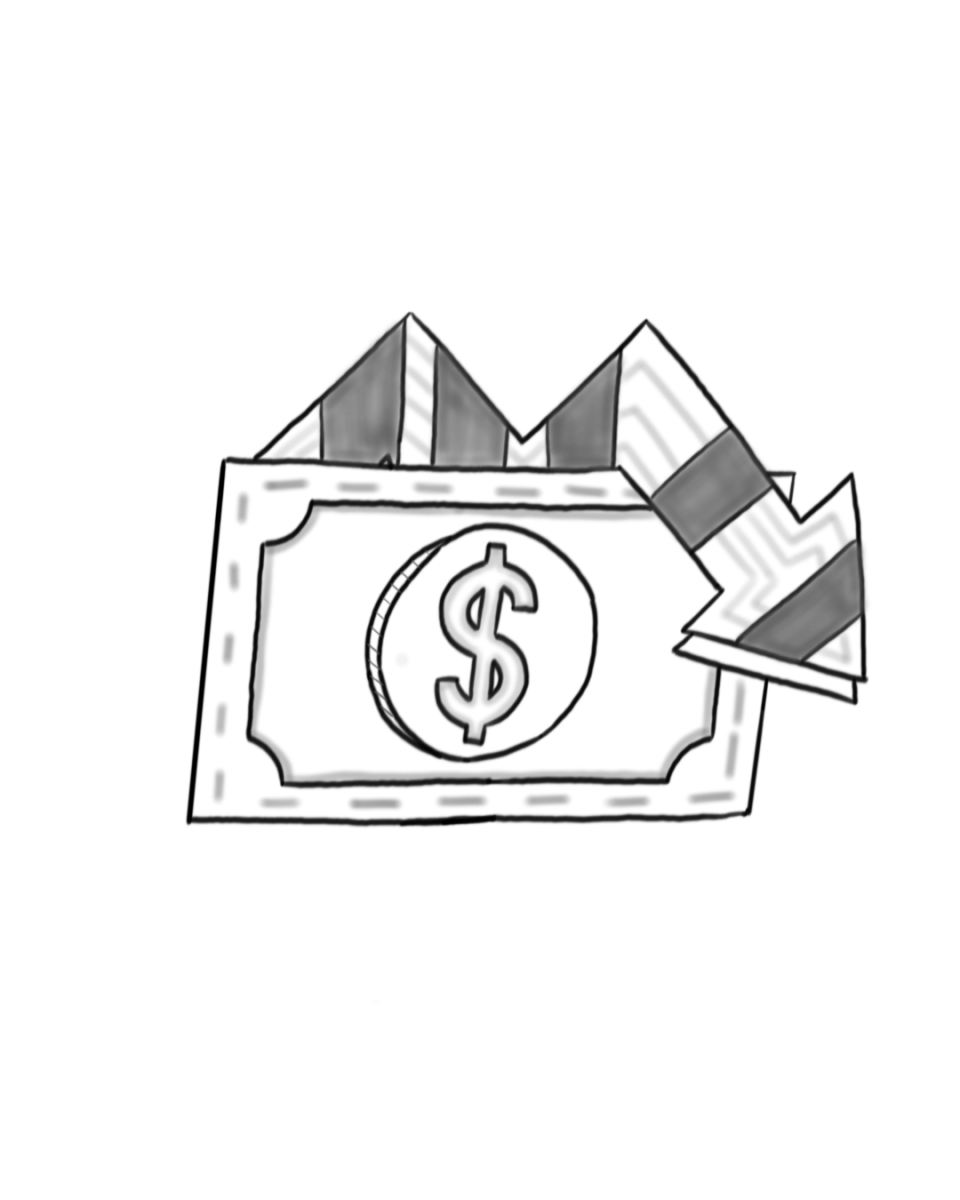When President Donald Trump took office earlier this year, voters elected him fully aware of the possibility of import tariffs—taxes on imported goods—as well as the potential for a trade war involving multiple countries. As his term progressed, the nation saw that thought transformed into reality and witnessed a trade war unfold before their very eyes. Many people do not truly understand the true impact Trump’s tariffs have had.
In the 1970s, South Africa’s economy was growing at a steady rate of 10 percent; however, as of now, the growth has slowed down to 1 percent. What could have caused this? The South African leadership attempted to stop outsourcing manufacturing to become more financially independent as a country, but sudden tariffs crashed their economy.
When the U.S. imposed a 245 percent tariff on imported Chinese goods, it was done in an attempt to make the nation more financially independent. On the surface, the decision sounded good, but economists quickly realized that the U.S. received its economic value from services, not from manufacturing.
In reaction to the imposed tariffs, China imposed retaliatory tariffs on the U.S., which then continued to spiral into a trade war. But in China’s situation, its markets did not rely on the U.S., due to its diverse trade relationships with other countries.
The U.S. economy can experience stunted or “sickening” growth as a result of the tariffs. While tariffs are often implemented to protect domestic industries, they can lead to higher production costs for businesses that rely on foreign materials, reduce consumer purchasing power due to increased prices, and provoke retaliatory trade measures from other countries. These consequences can suppress investment, slow job creation, and hinder overall economic expansion. For example, sectors like agriculture, manufacturing, and technology may suffer from decreased exports as global demand for American goods drops in response to trade barriers, ultimately weakening GDP growth and economic stability.
This year, inflation in the U.S. GDP is expected to rise by 0.5 percent, breaking the downward trend seen over the past five years. Though this increase may appear modest, it signals a broader shift in the economy. Rising costs in sectors such as food, fuel, and housing are already straining household budgets across the country.
American businesses—especially those dependent on global supply chains—are feeling the pressure. Many have faced increased costs due to higher tariffs on imported materials and components. In response, some have raised consumer prices, reduced hiring, or even outsourced operations to other countries to avoid the additional financial burden. While the intention behind these tariffs was to encourage domestic manufacturing, the actual outcome has been more complex—and in some cases, counterproductive.
Looking forward, policymakers face critical decisions. Will tariffs remain a central strategy in shaping U.S. trade policy, or will leaders shift toward more cooperative and adaptive economic models? With the US midterm election coming up, politicians need to decide whether they want to continue down this path or change and follow what the experts suggest. Right now, the nation is experiencing an extreme gridlock between politicians and an elitist mentality.
While tariffs can provide short-term protection for specific industries, experts warn that they also risk isolating the U.S. from global markets and slowing overall growth. A more sustainable path may lie in investing in innovation, workforce development, and infrastructure to strengthen the American economy from within. Preparing workers for high-tech and service-oriented industries, rather than focusing solely on traditional manufacturing, could provide long-term stability and growth, a concept echoed by multiple economic and business experts.
In the end, the consequences of tariffs extend far beyond trade statistics. They affect families, small businesses, and the broader economic health of the nation. As global competition intensifies, the challenge for America is not just to protect its industries but to evolve, adapt, and lead in a rapidly changing world.










